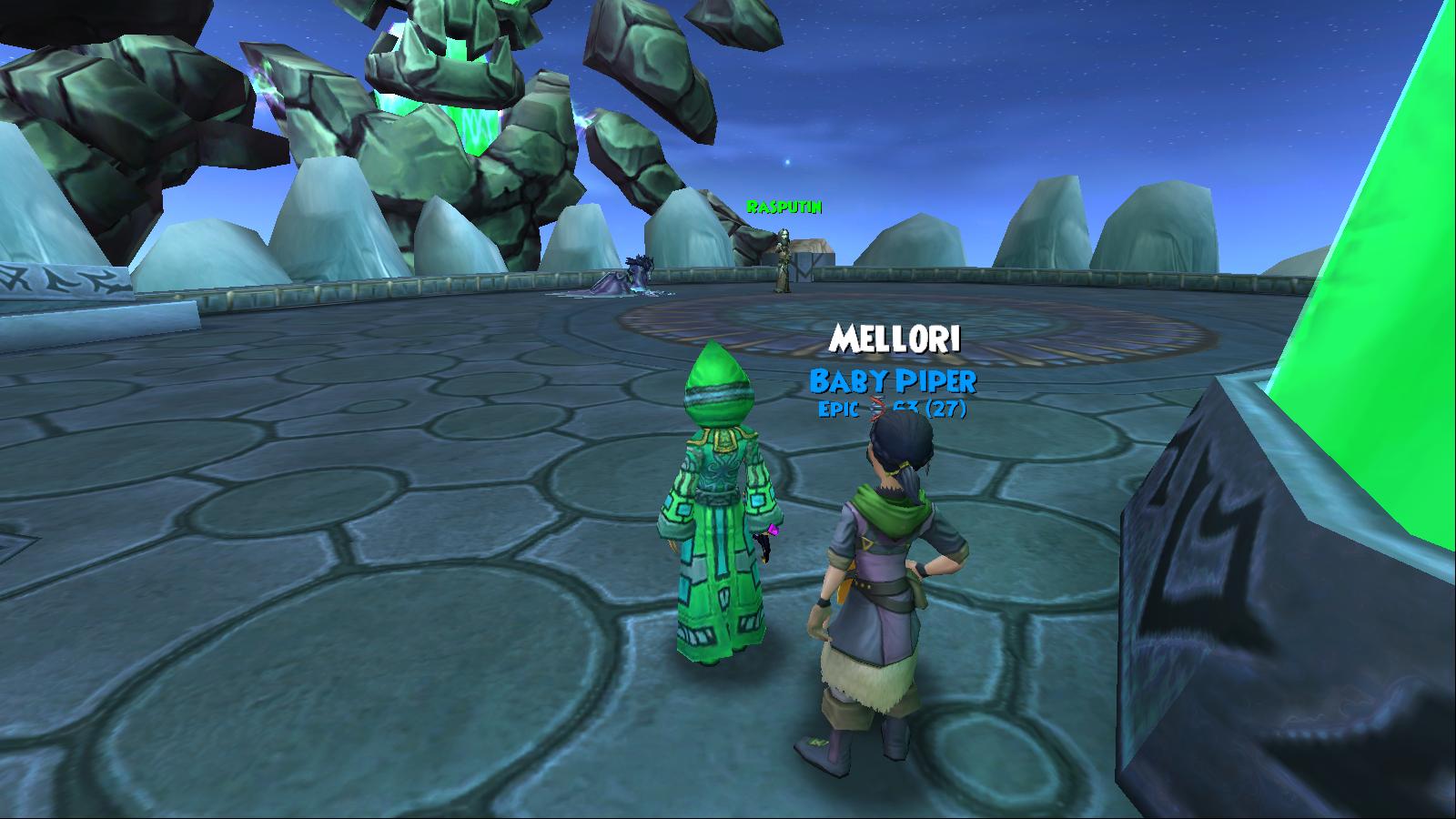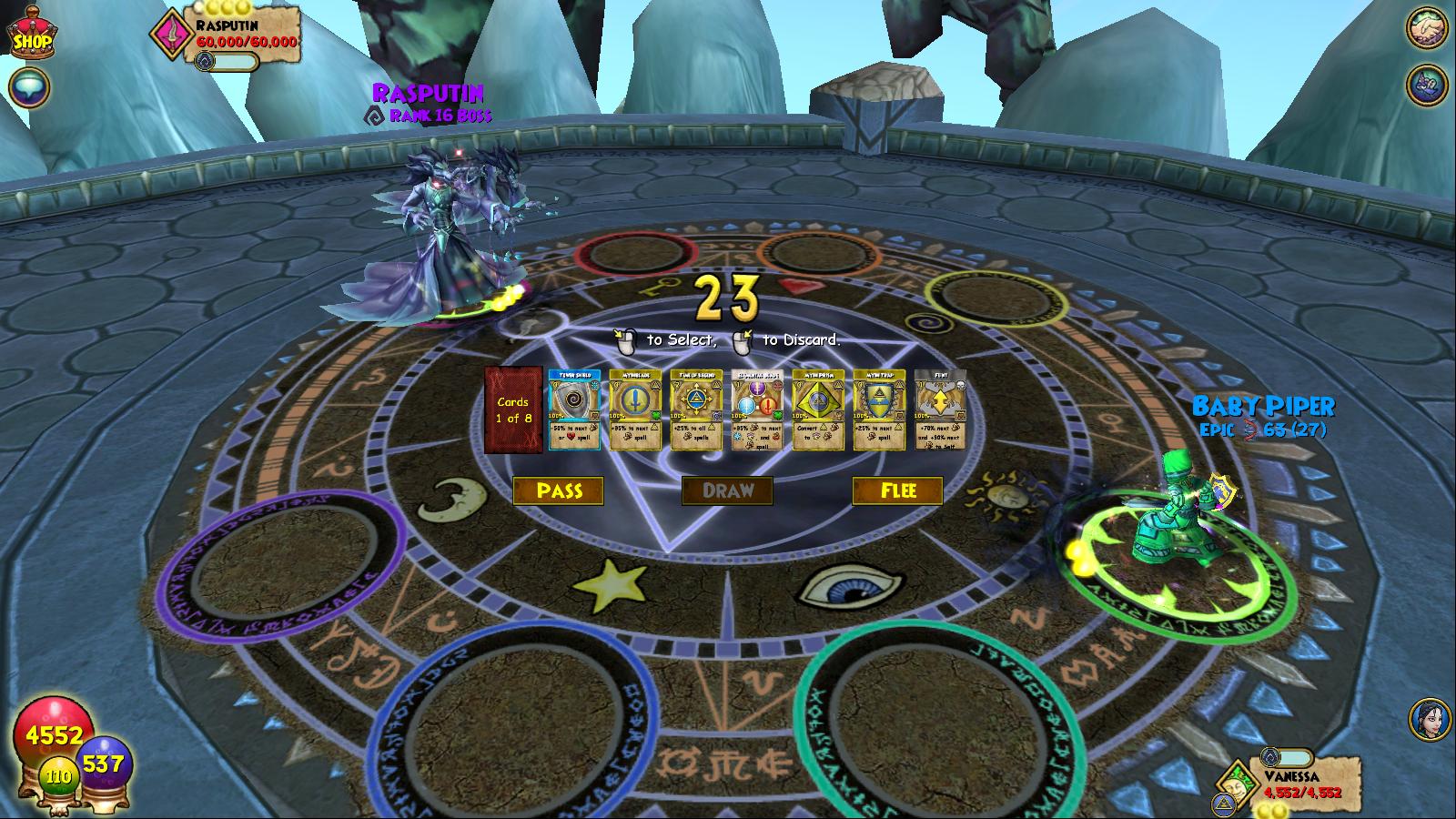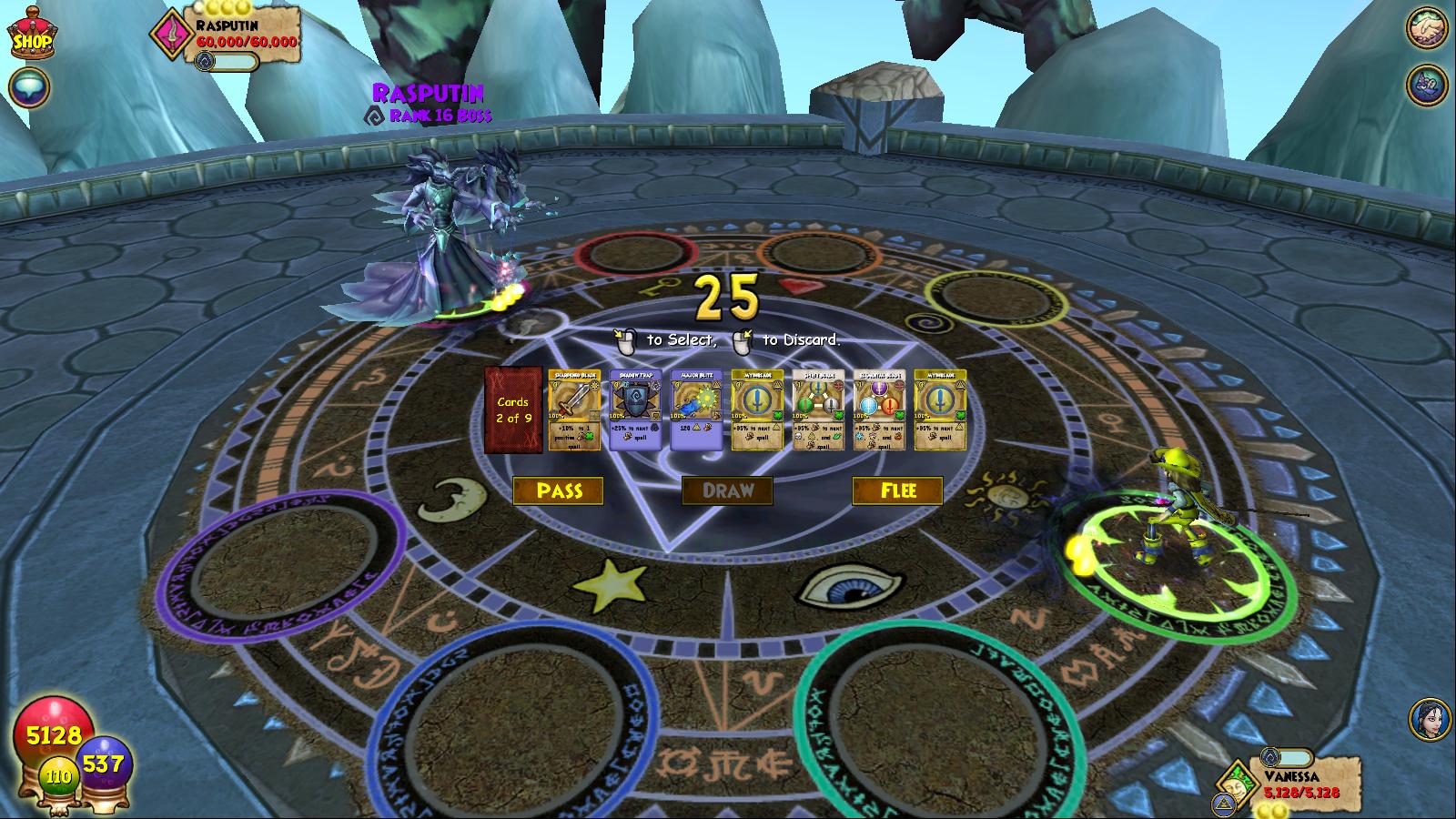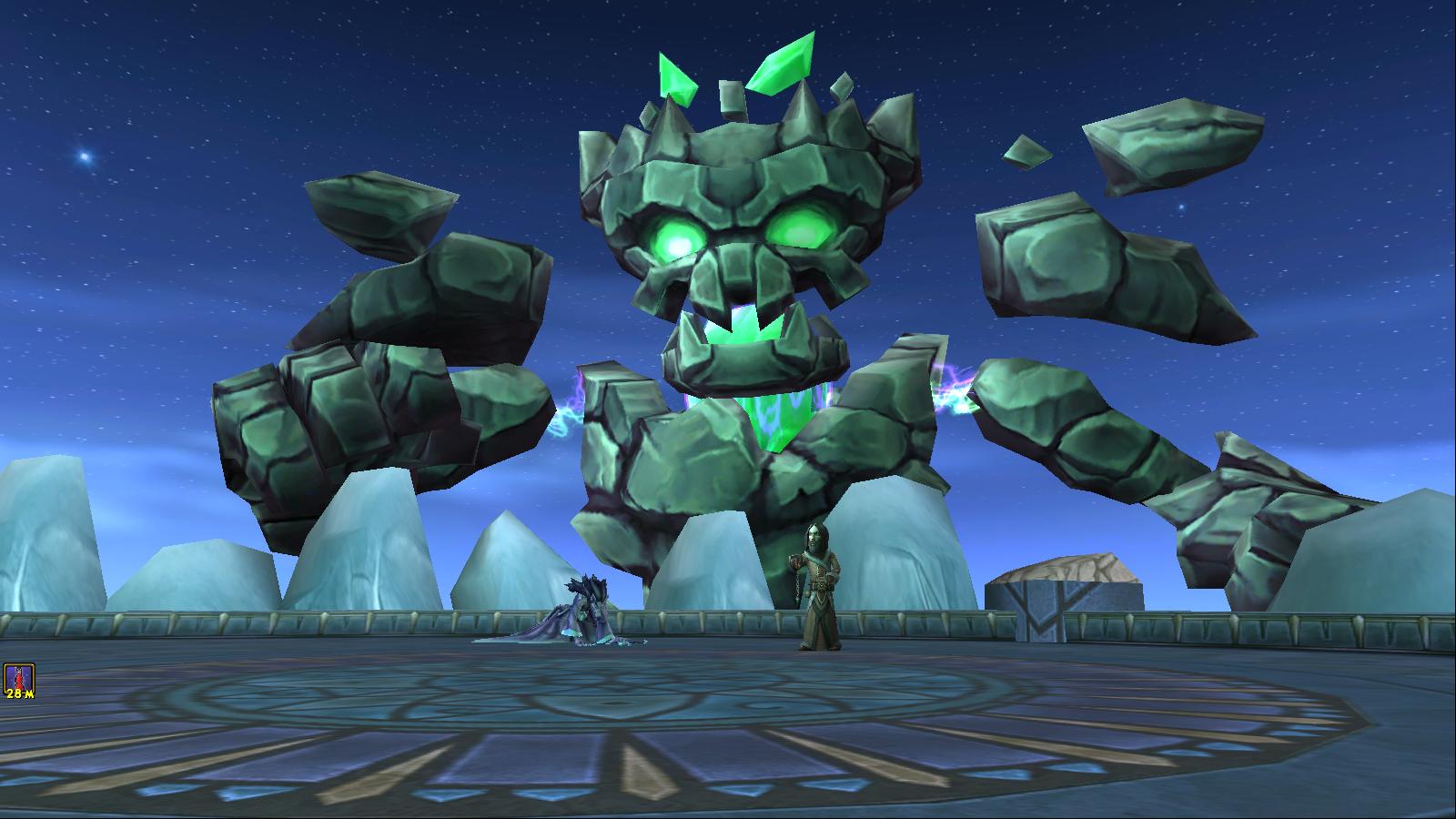Polaris hit the test realm recently and everyone has been eagerly exploring the new areas and elements of this new update. One of the more exciting and interesting things that I like to do when a test realm reveals itself is cheat test! Cheat testing new bosses not only allows me to deepen my understanding of the game, but it also allows me to share any knowledge I obtain with the rest of the community. But, what really goes into cheat testing? What are some methods to go about it? The answers to these questions will differ based on the person you ask. However, I am going to share how I personally go about cheat testing for my guides.
Step One: Jade Up and Develop a Baseline
I like to determine a baseline before I go into throwing any spells. If I can understand what happens without me doing anything, I can narrow down what triggers what later. To observe and survive as long as possible, I often put on my highest resist set and pass for 20-30 rounds straight. When doing this, I’m looking to see if any enemies cast something every X number of rounds, if they cast something when they reach a certain number of pips, or anything else that may occur without my direct doing.
Here is my first set of baseline notes I took for the Rasputin battle. Some people like to take notes on the computer instead. I like to hand-write them because I don’t have to switch screens and I can constantly pay attention to the battle at hand. When taking notes, I list the round number and what happened. I often use fragments and short words to keep my writing to a minimum so I can focus on the battle.
Yes, I don’t have the best handwriting. ;)
Step Two: Test Everything
Once I develop a baseline, I start throwing everything I can at the enemies and see if they react. Blades, traps, heals, prisms, shields, shadow spells … you name it! This is also the part of the process where I determine if the enemies are stunnable, what schools they resist, and how much they resist.
Step Three: Refine and Polish
After I figure out any triggers, I delve deeper into what I found. For example, if blades trigger something, what about pierce blades, after-effect blades, tri-blades, or bladestorm? Do ALL blades trigger something, or just a certain school blade? What about a universal blade? The word “blades” by itself is just touching the surface. This is the time when I refine that and see where exactly the cut-off is.
At the same time, I am also polishing up any previous findings and taking note of more details. For example, if a Doom and Gloom is cast, what % is it? I’ll also go back and try to figure out anything I didn’t understand before or missed.
Step Four: Retest
Anything can change when there’s a downtime. I’ll retest all the bosses after every test realm maintenance to see if anything changed. I’ll also test any information other people give me or seek information that people are asking for.
Step Five: Keep an Eye Out
In my eyes, a guide is never “fully” completed. It’s always a work in progress because there is always something that you can improve on or go into more depth on. This last step is just me keeping my eyes peeled for any new information that may prompt me to test again.
Depending on the boss(es) being tested, cheat testing can be a very frustrating experience. Luckily, I find the process very rewarding and beneficial to the community. I hope you all enjoyed some insight into what goes into my guides!





